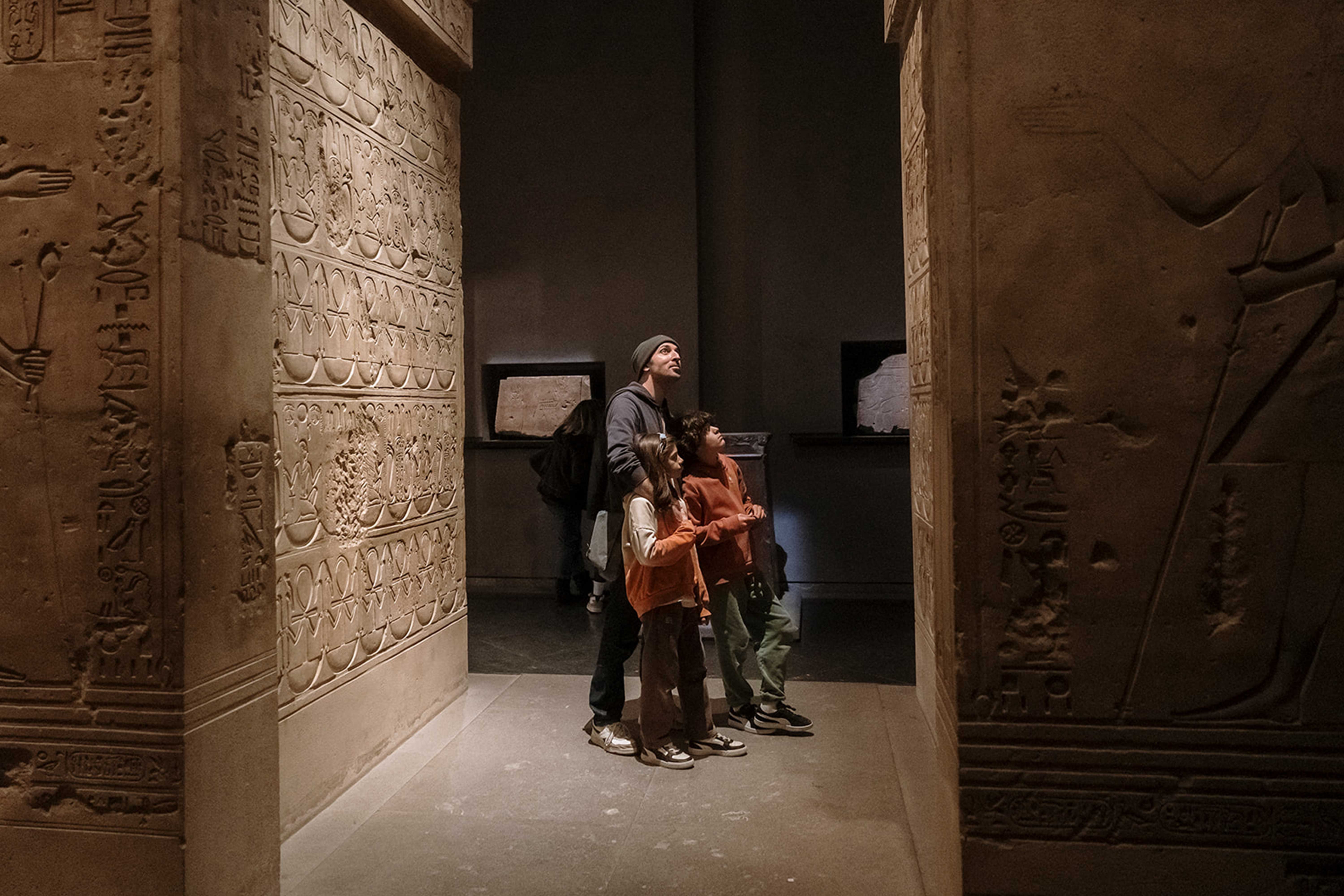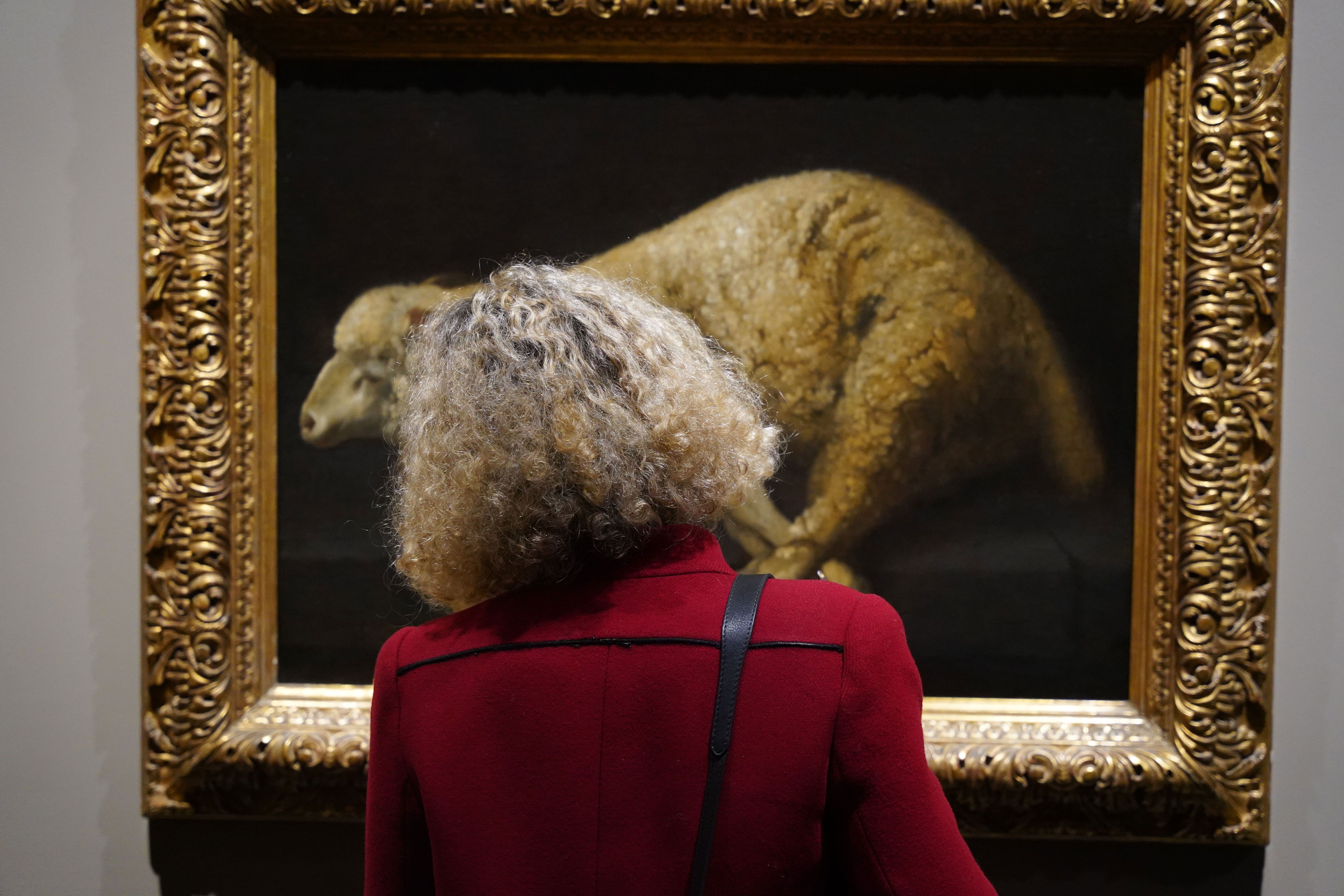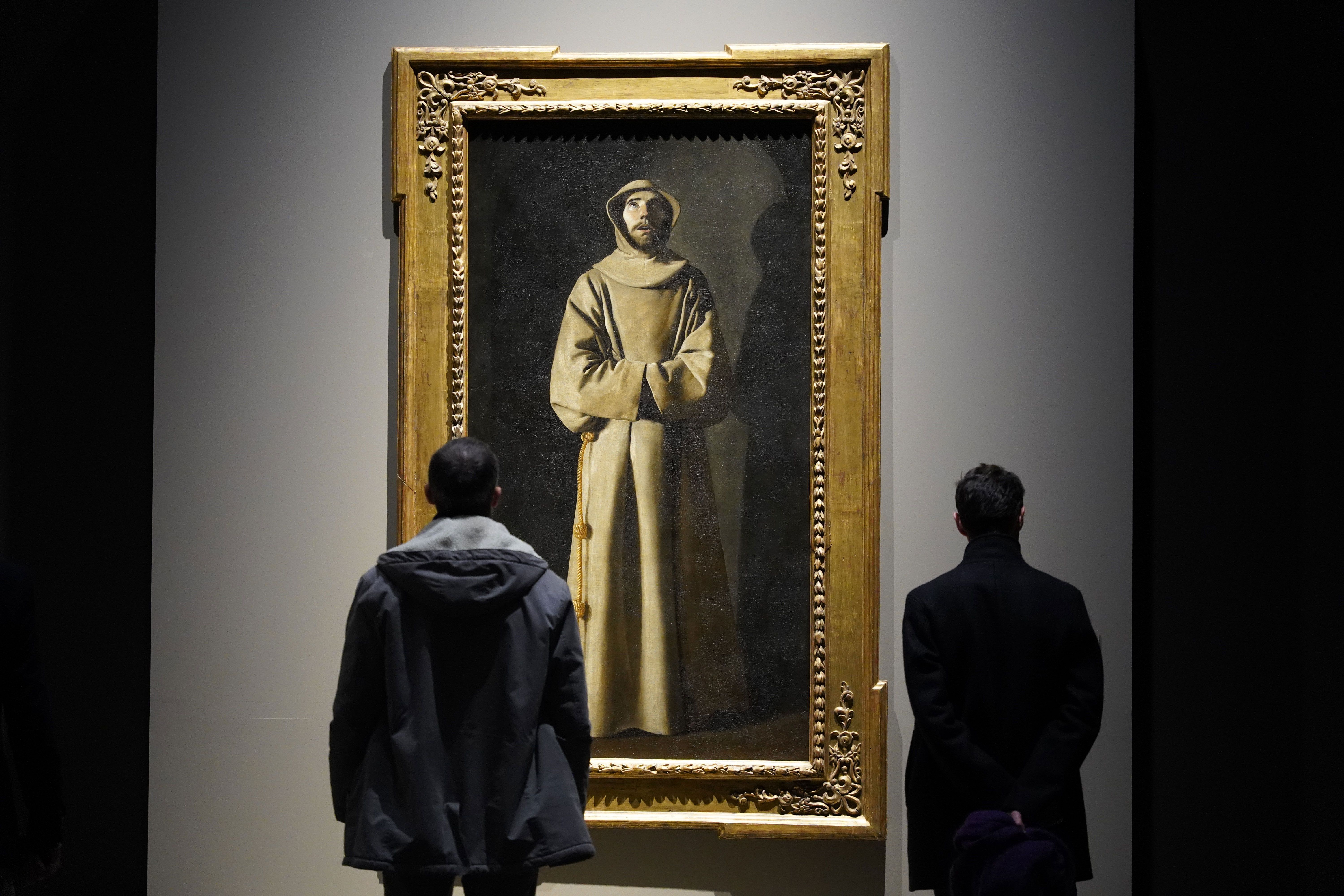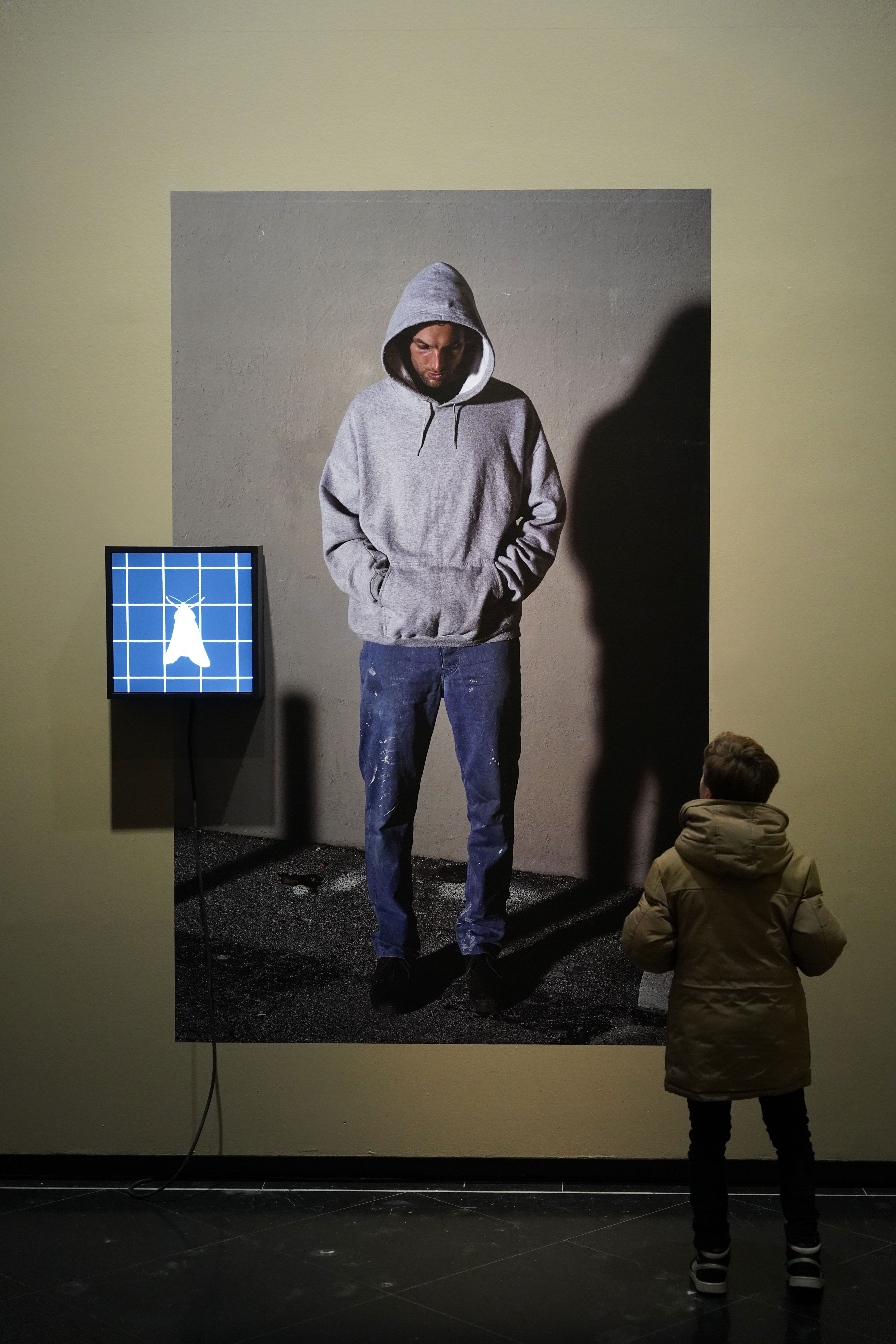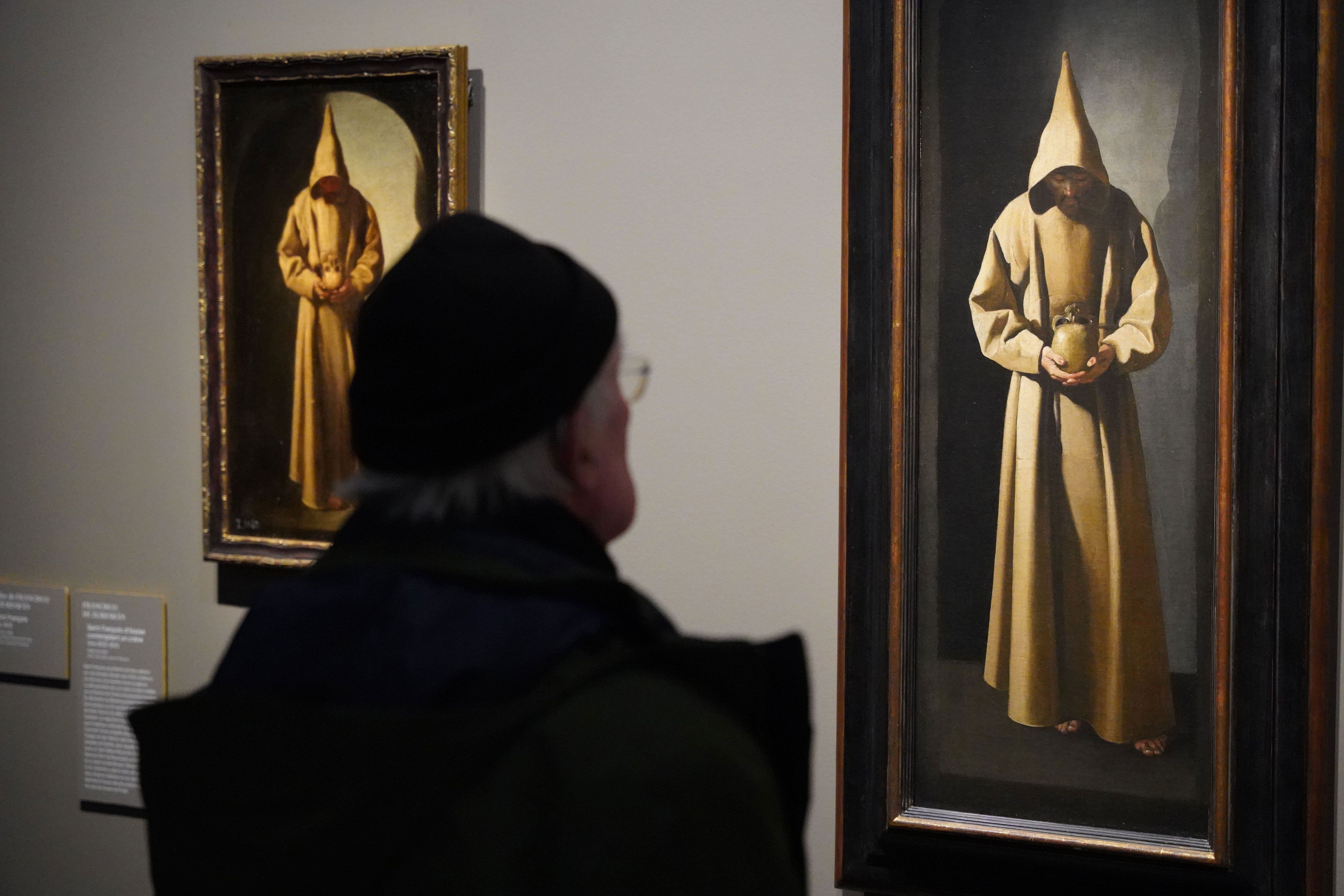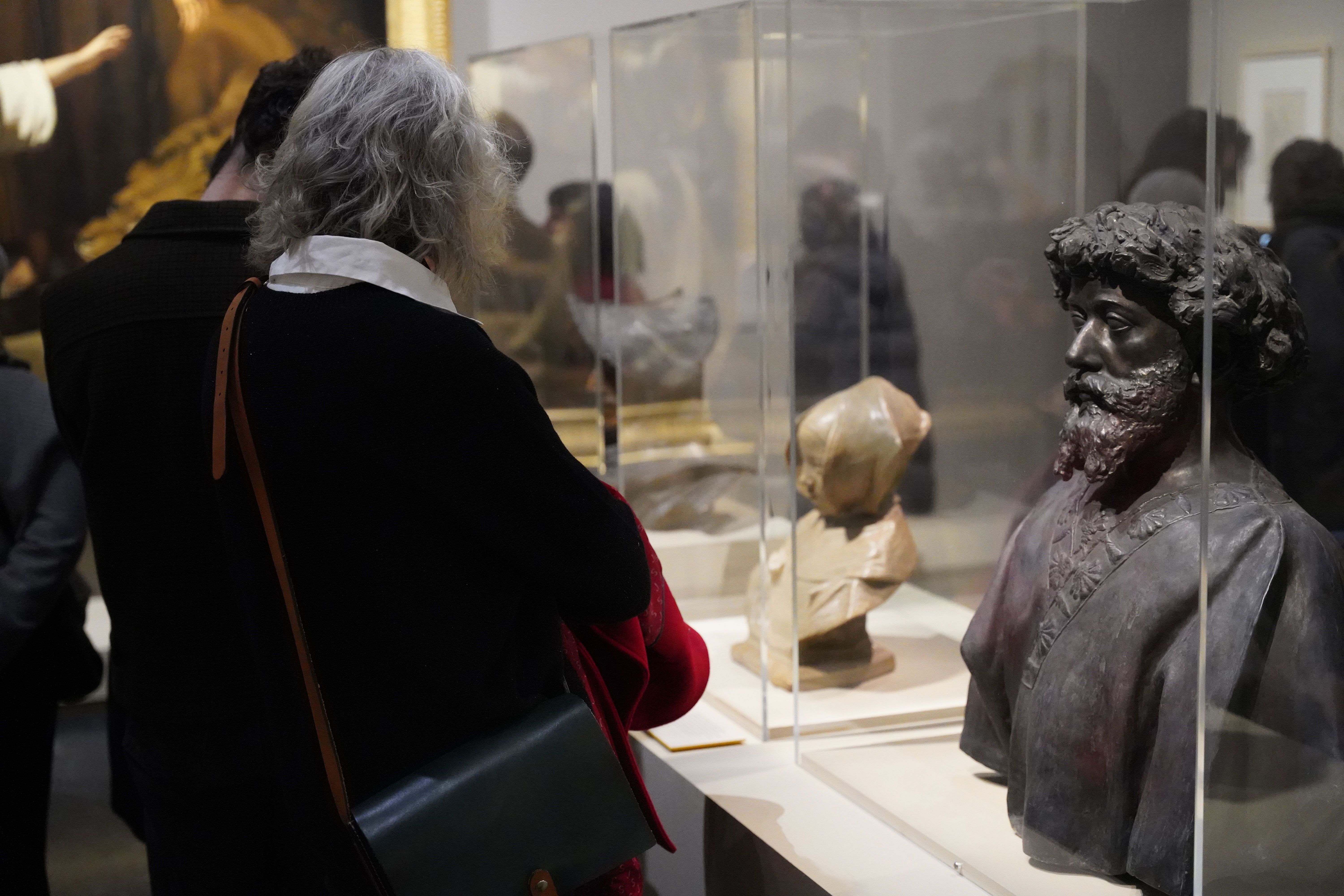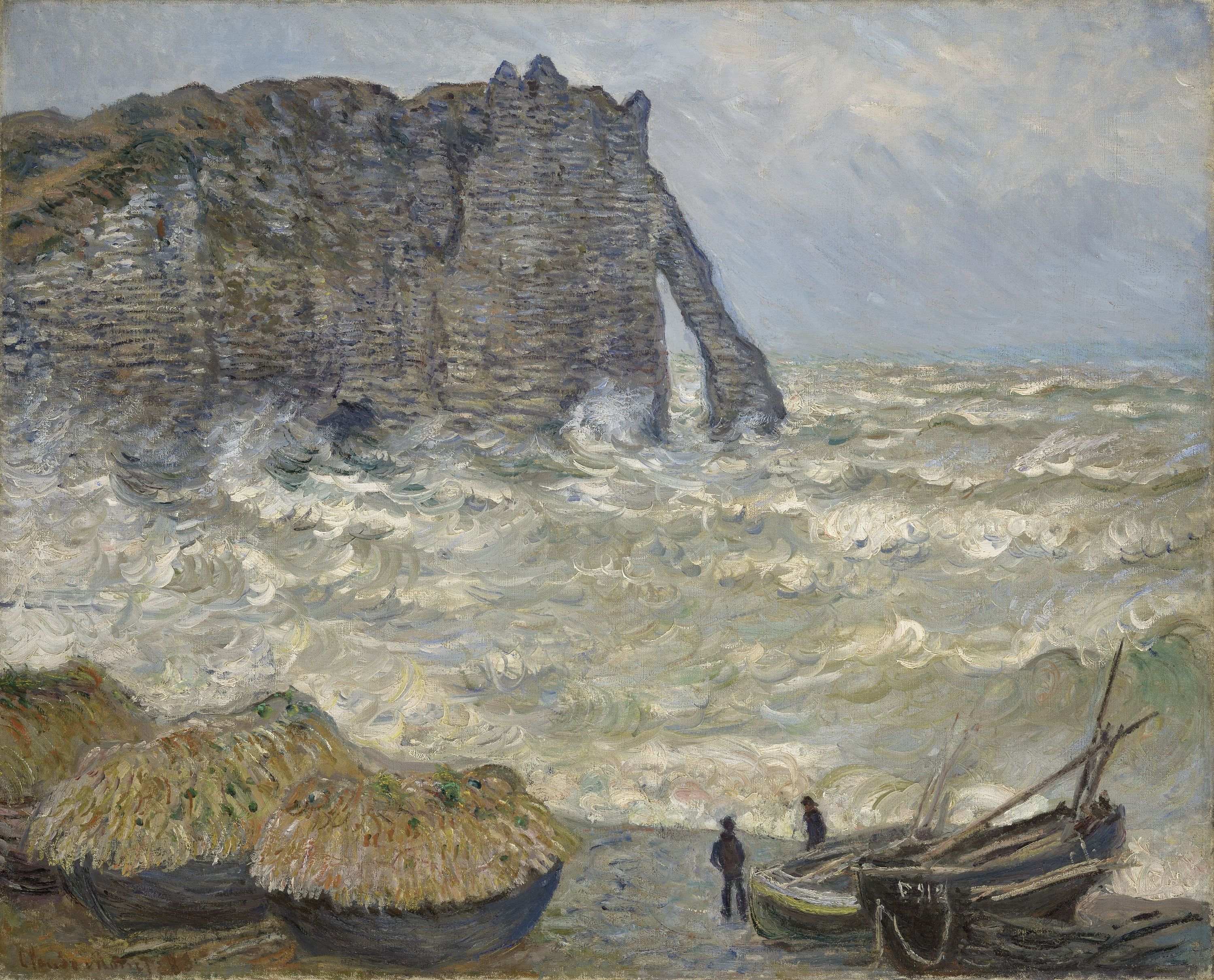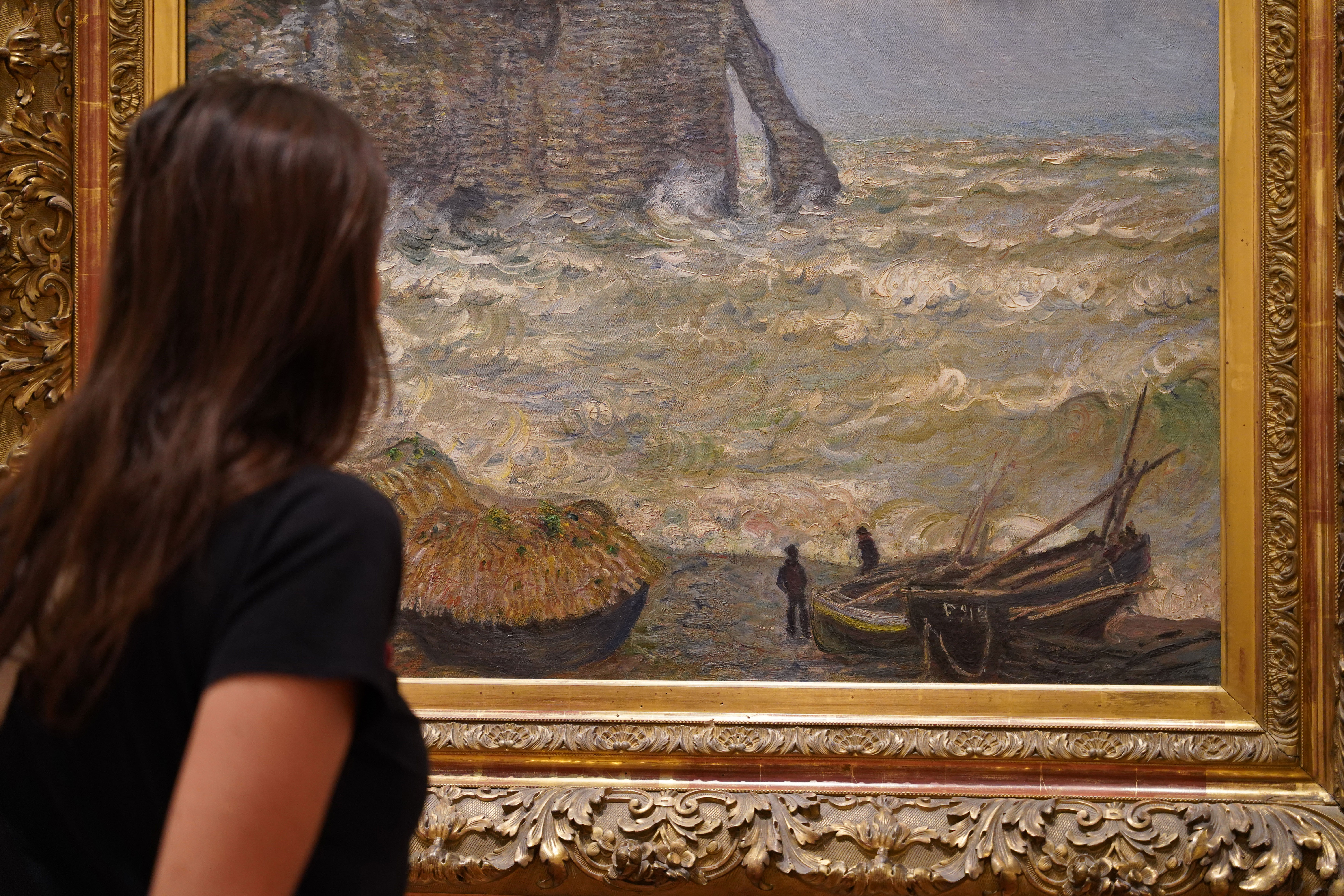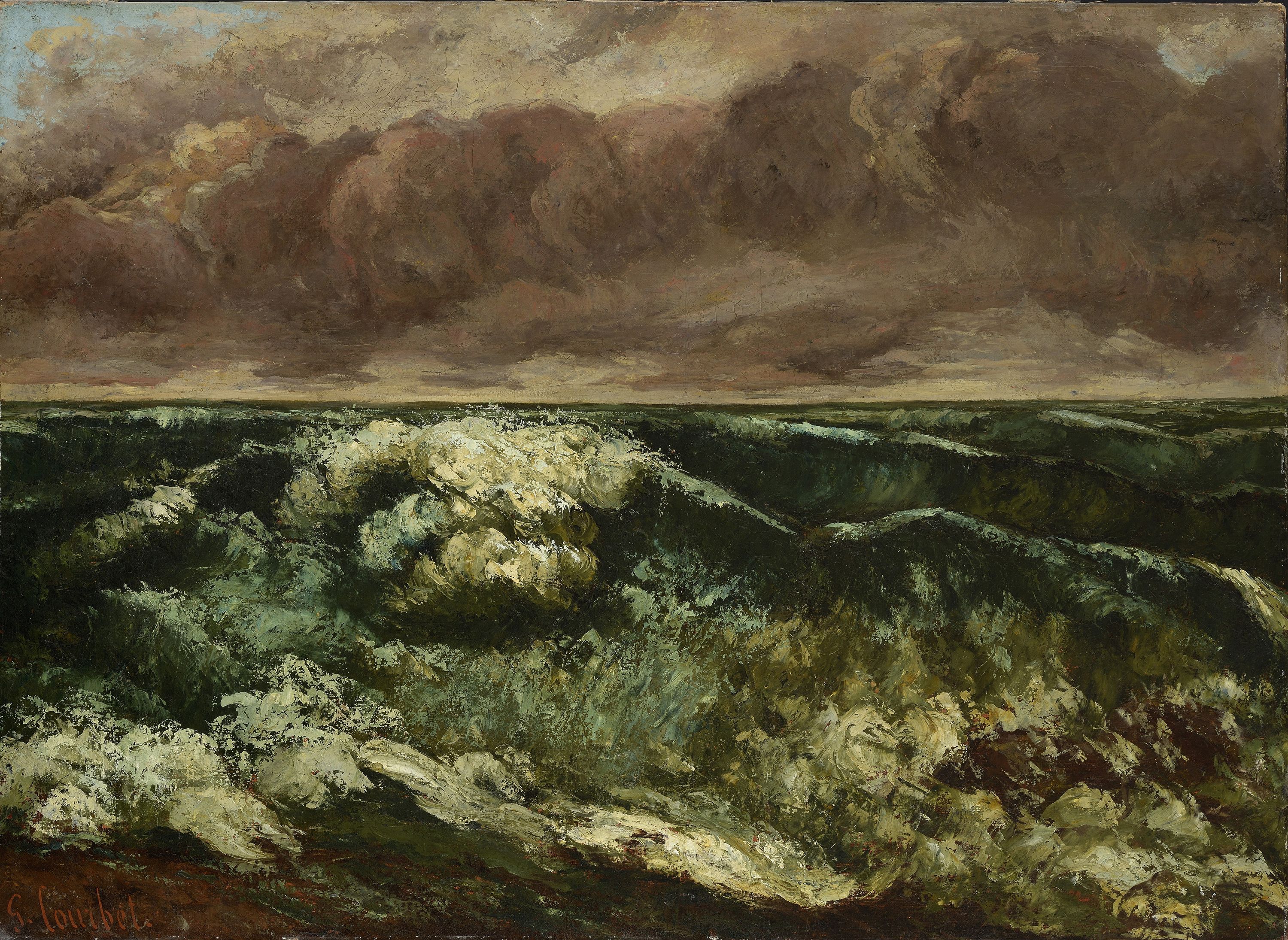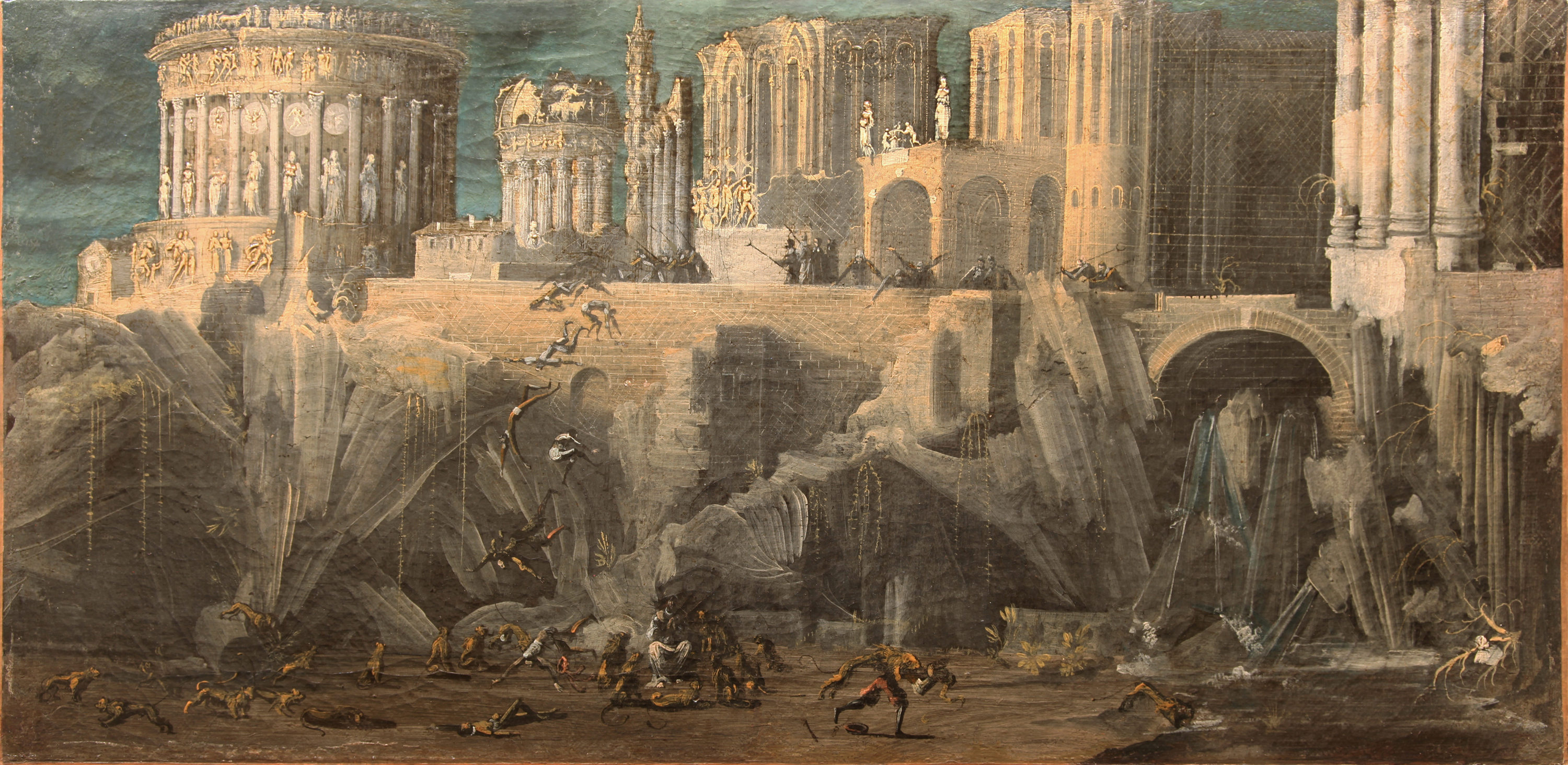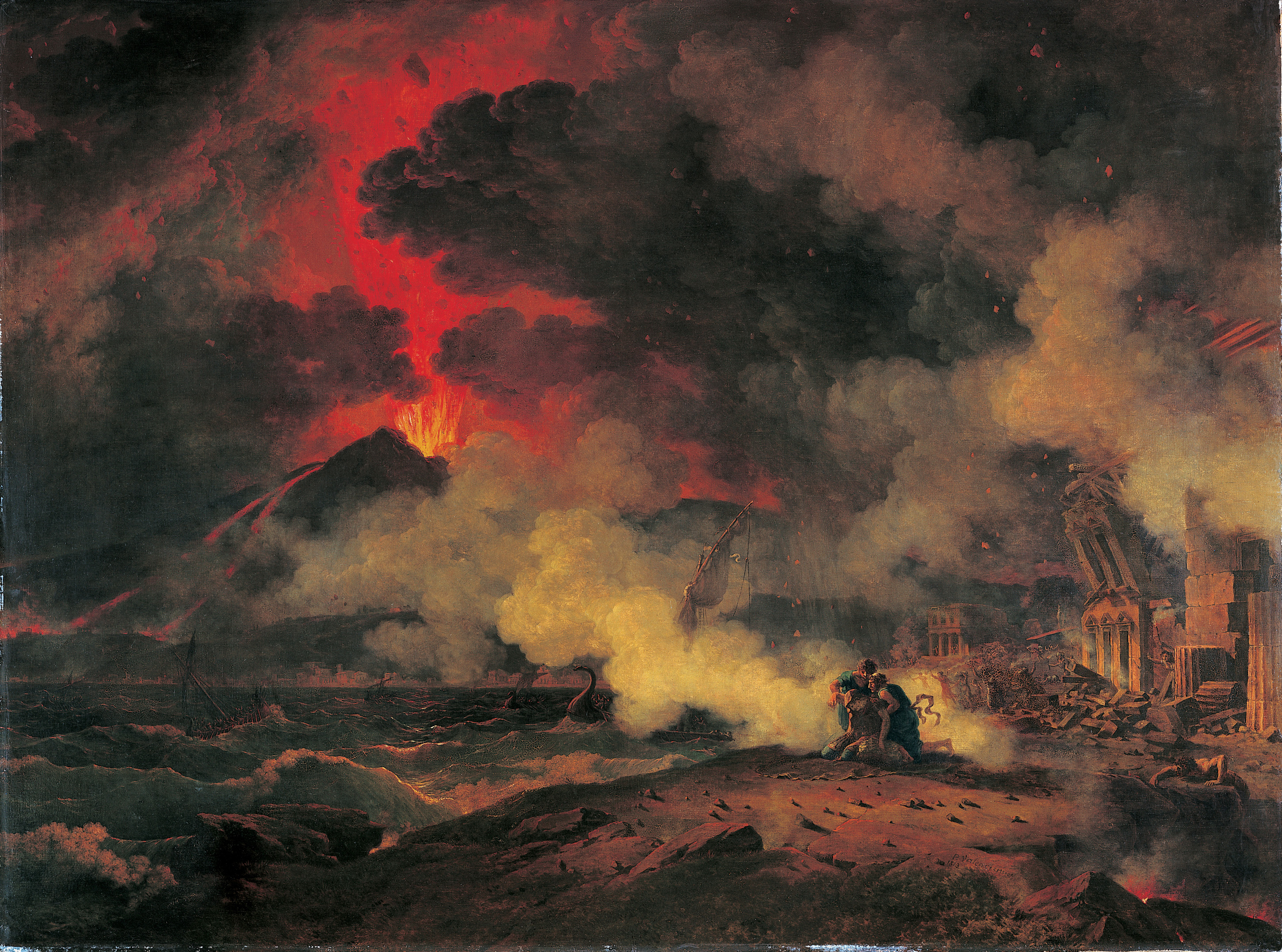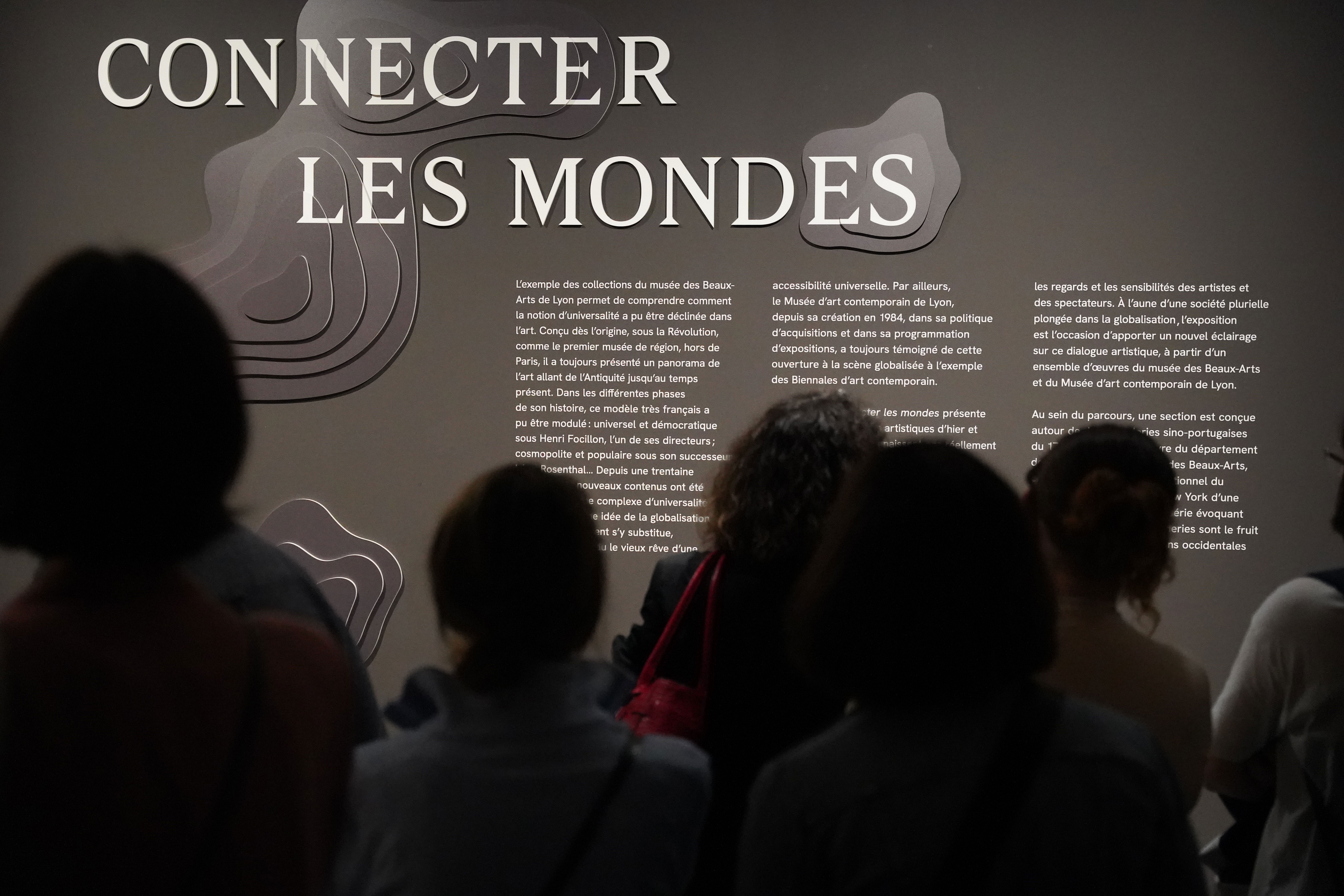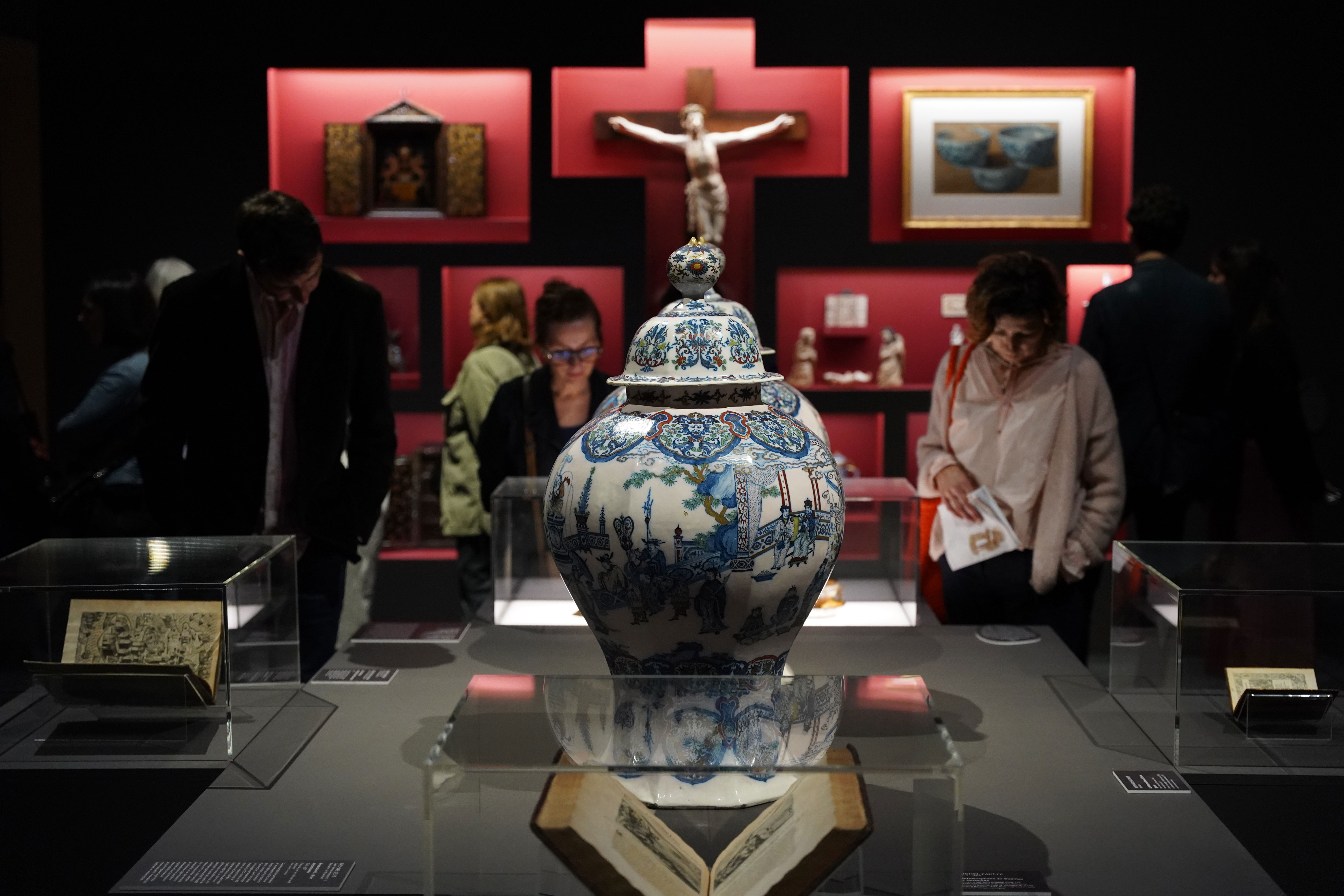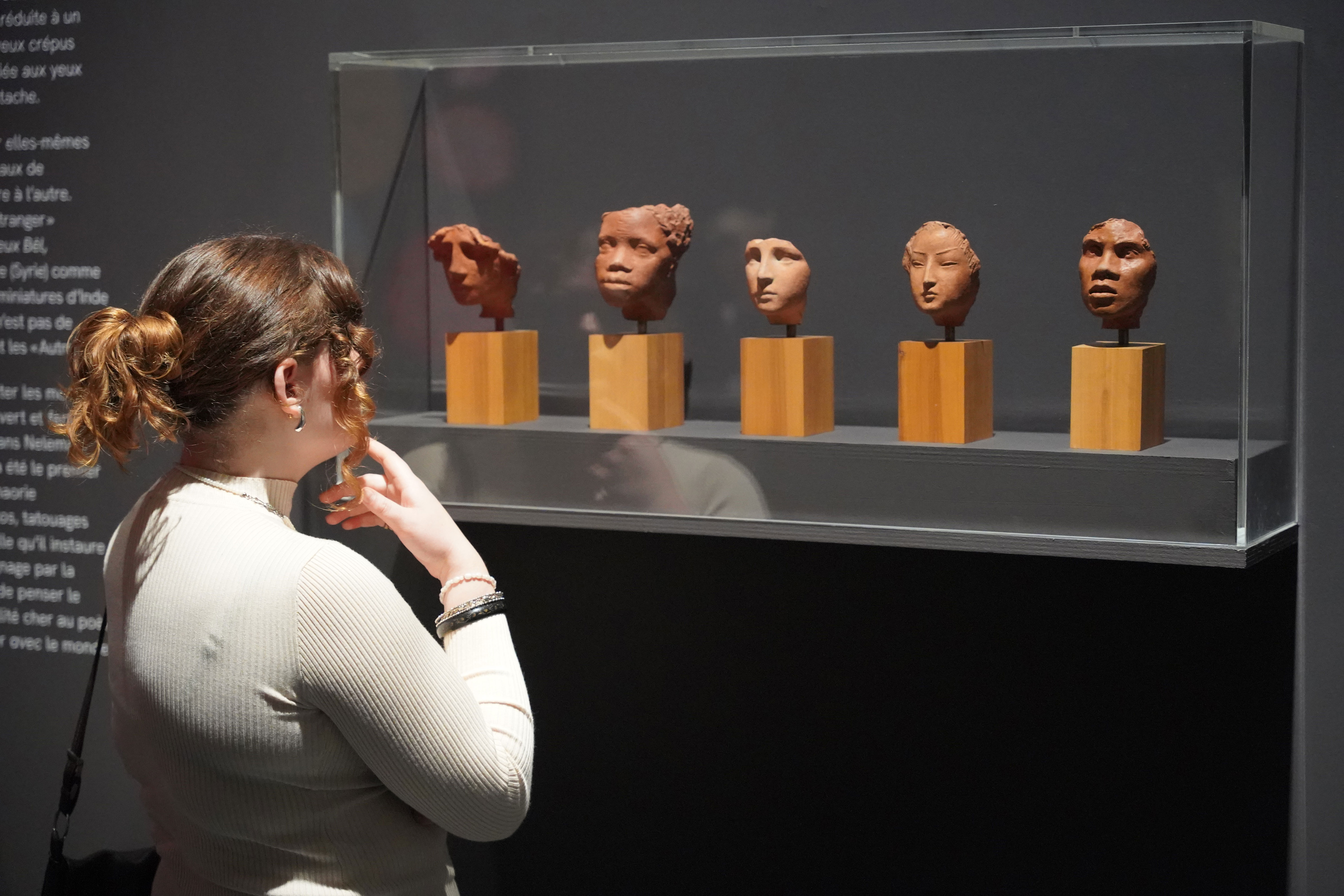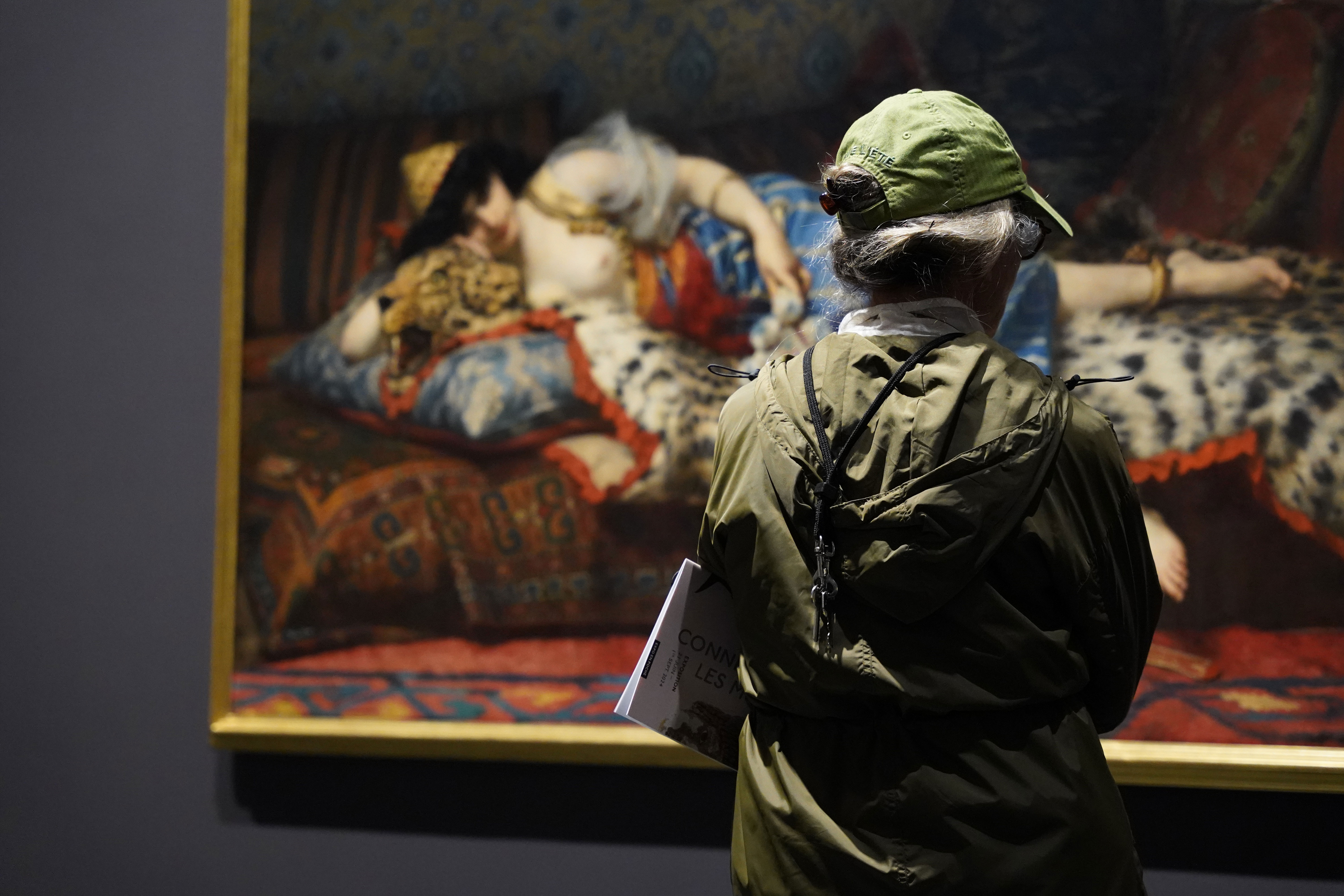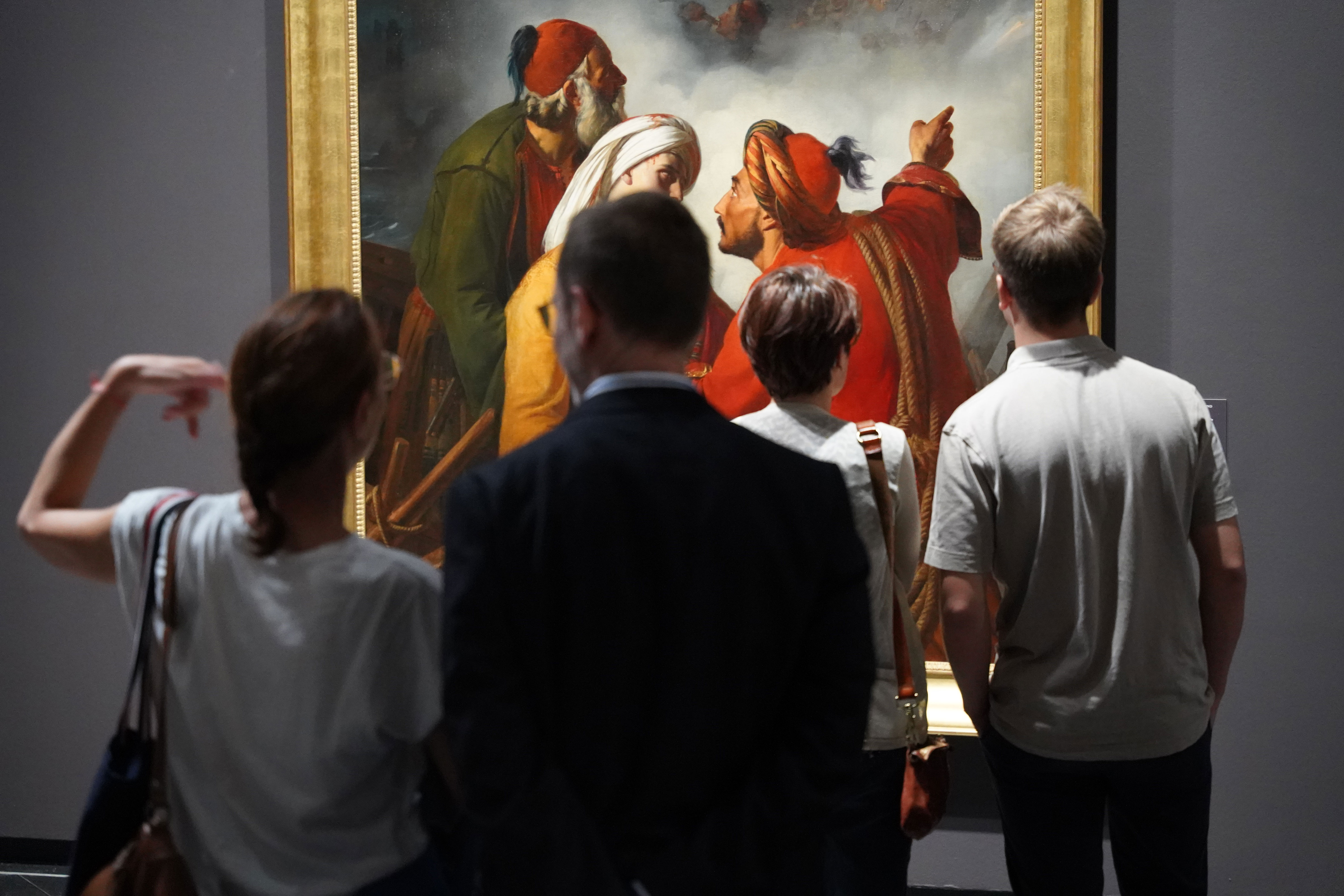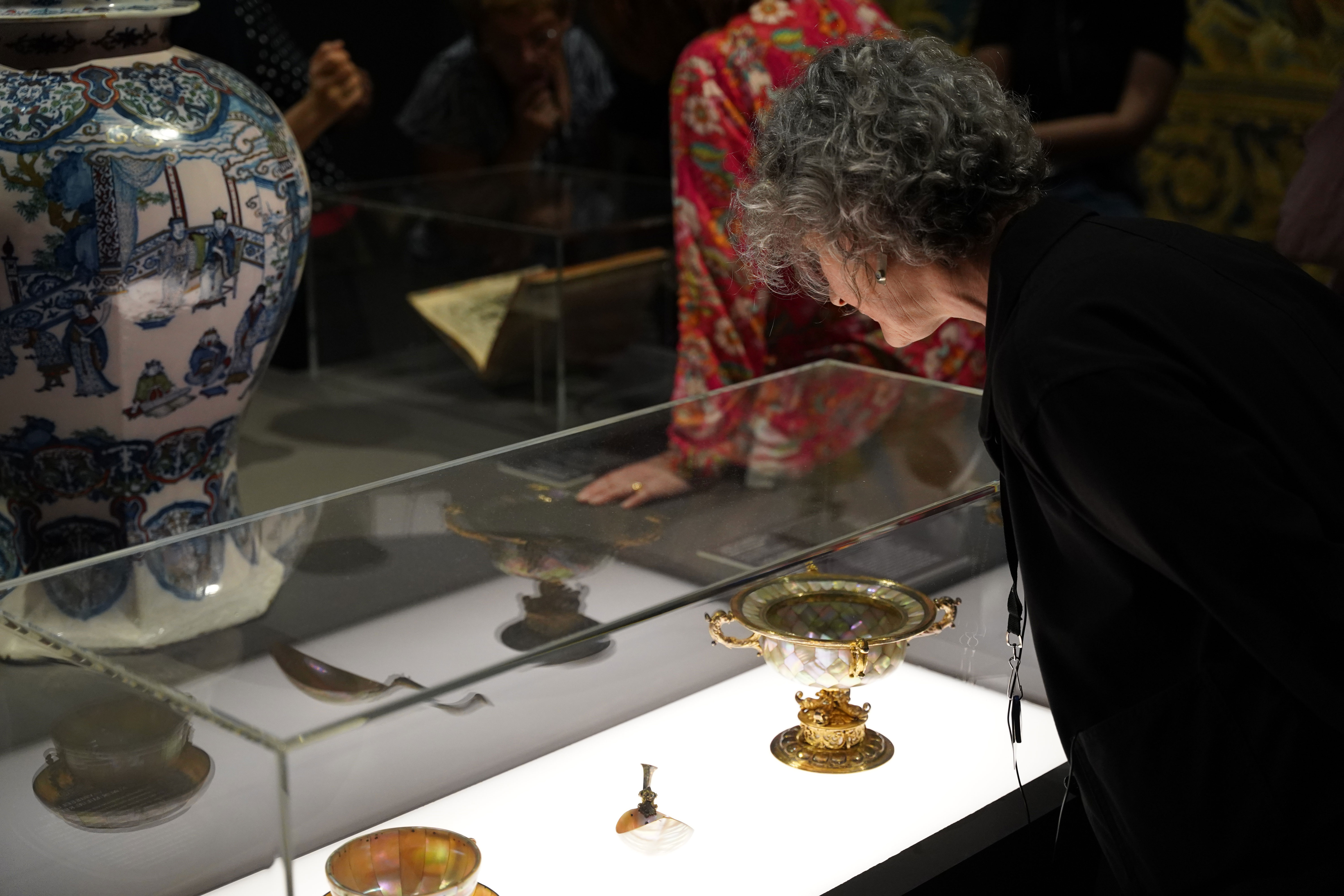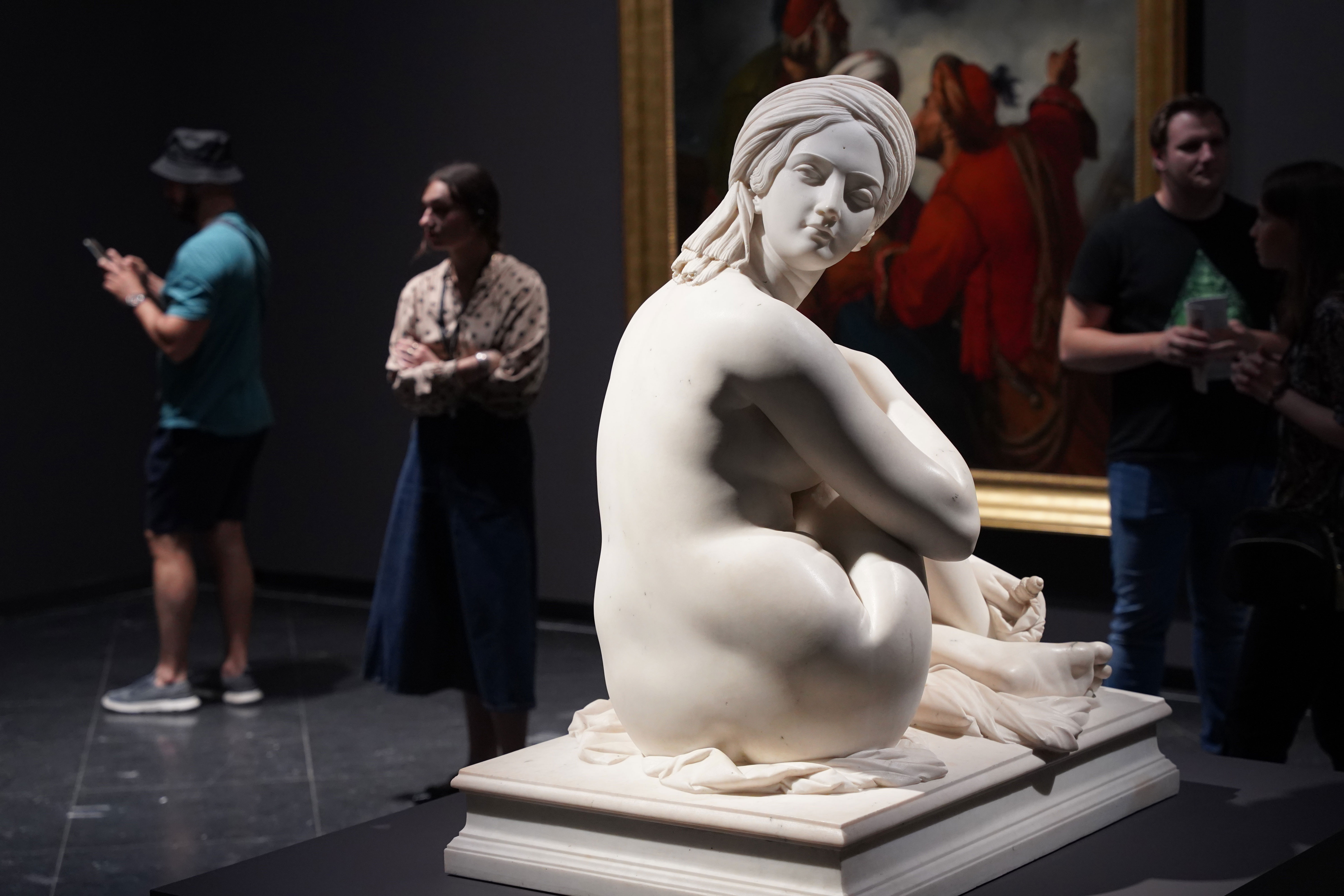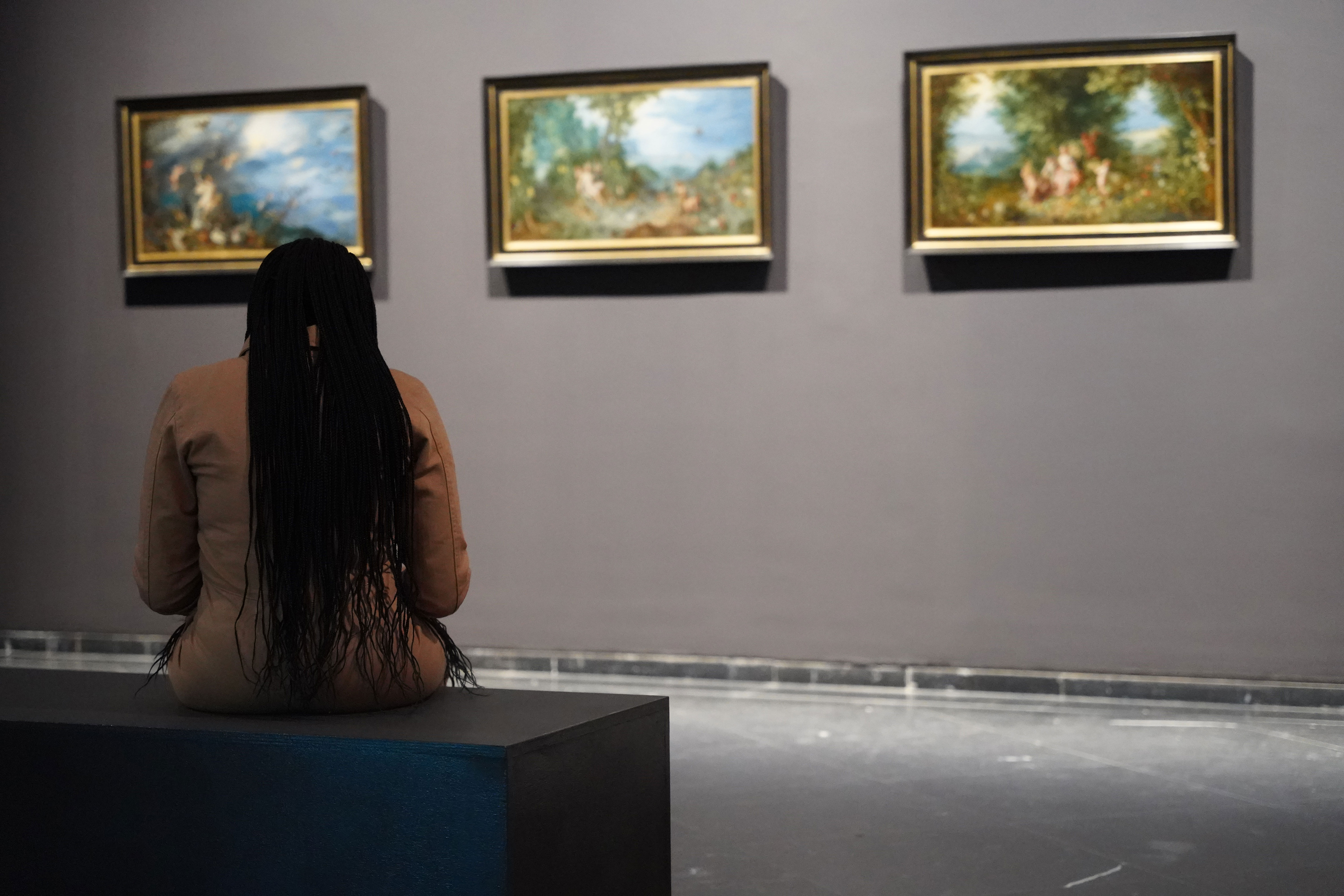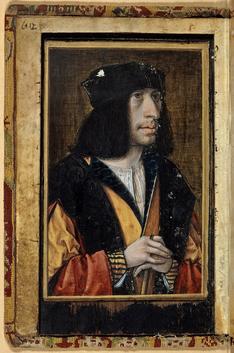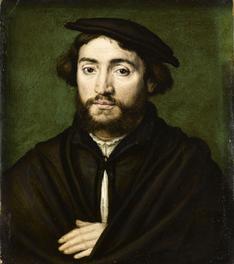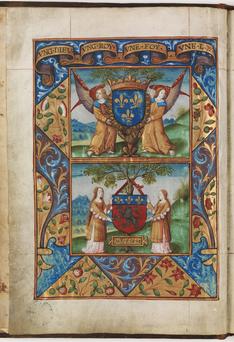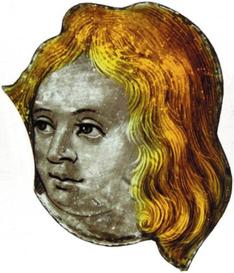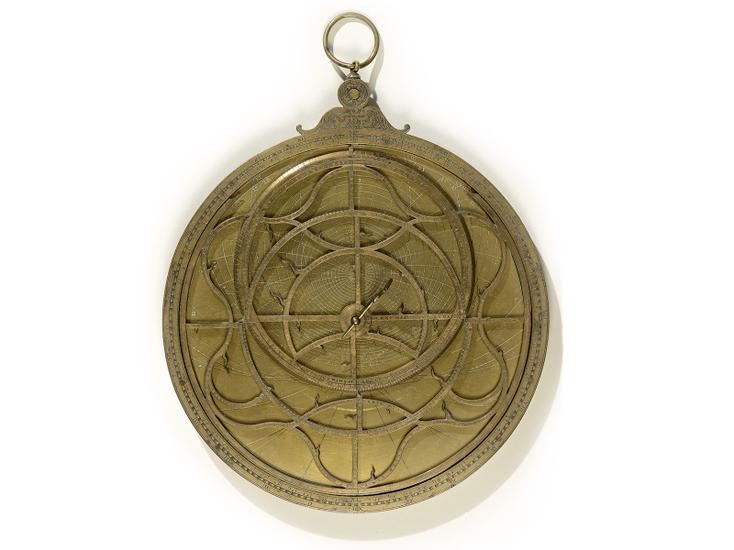Recent donations and acquisitions are presented in a renewed display of the modern collections. This show highlights the significant support provided by the patrons of the museum - Club du Musée Saint-Pierre, Cercle Poussin, Friends of the museum - as well as individual donors and artists' families in enriching the 20th and 21st century collections. The presentation, organised around several major themes, is based on new dialogues between modern artists.
A composition by Serge Poliakoff reinforces the evocation of color alongside artworks by Robert and Sonia Delaunay, Léopold Survage, Henri Valensi, Fernand Léger, and Alexej von Jawlensky. Shirley Jaffe's paintings, presented in dialogue with Henri Matisse's late works, recall the importance of the discovery of cut-out gouaches by American artists living in Paris after 1945.
The radical nature of Simon Hantaï and Judit Reigl's works attests to the influential role these artists played on the art scene from the 60s to the 80s.
The addition of a still life by Jean Fautrier to the collections invites to the contemplation of Giorgio Morandi, Geneviève Asse, and Georges Adilon, artists familiar with this theme. Pablo Picasso, Wifredo Lam, and Francis Bacon introduce surrealism(s). Finally, the modern galleries welcome an exceptional sand painting by André Masson displayed alongside works by Max Ernst, Roberto Matta, and Dorothea Tanning.
Tribute to Henri Lachièze-Rey
The museum also pays tribute to Henri Lachièze-Rey, key figure of the 20th-century Lyon art scene. Three of the artist's paintings were added to the collections between 2016 and 2019, thanks in particular to a donation from his daughters. The presentation brings together twenty works to complement the museum's acquisitions, evoking certain themes dear to the artist: café scenes, nudes, portraits, landscapes, etc., most of which are being exhibited for the first time.
The exhibition is open from Wednesday to Monday, from 10 am to 6 pm, and Friday, from 10h30 am to 6 pm.
Closed Tuesday and national holidays.





